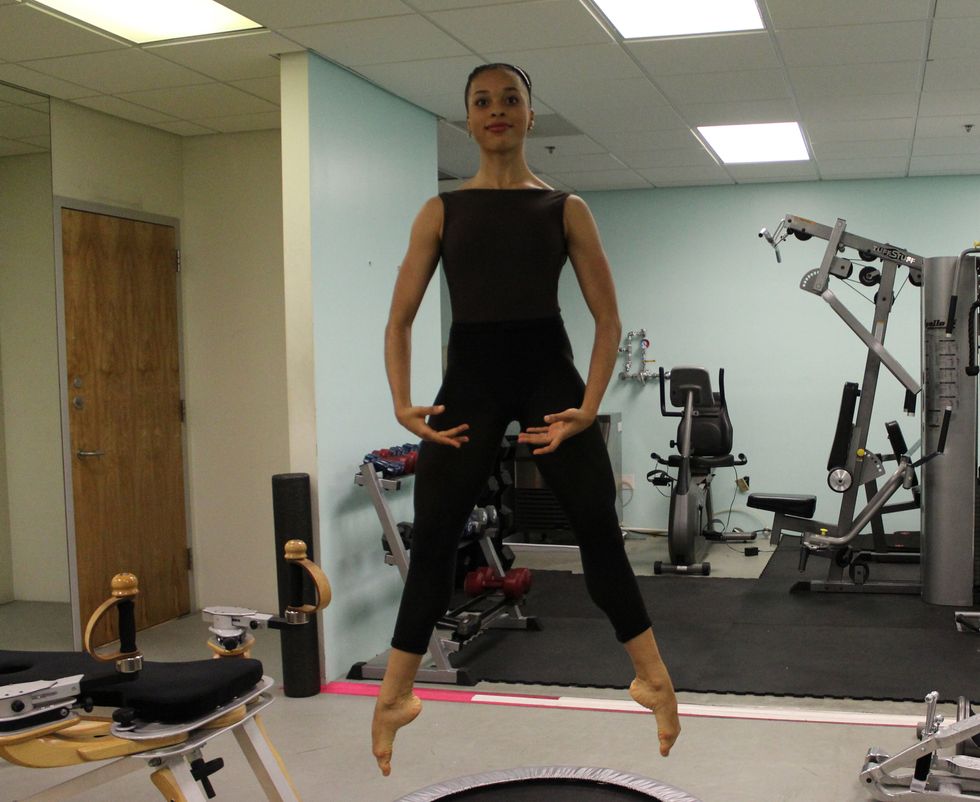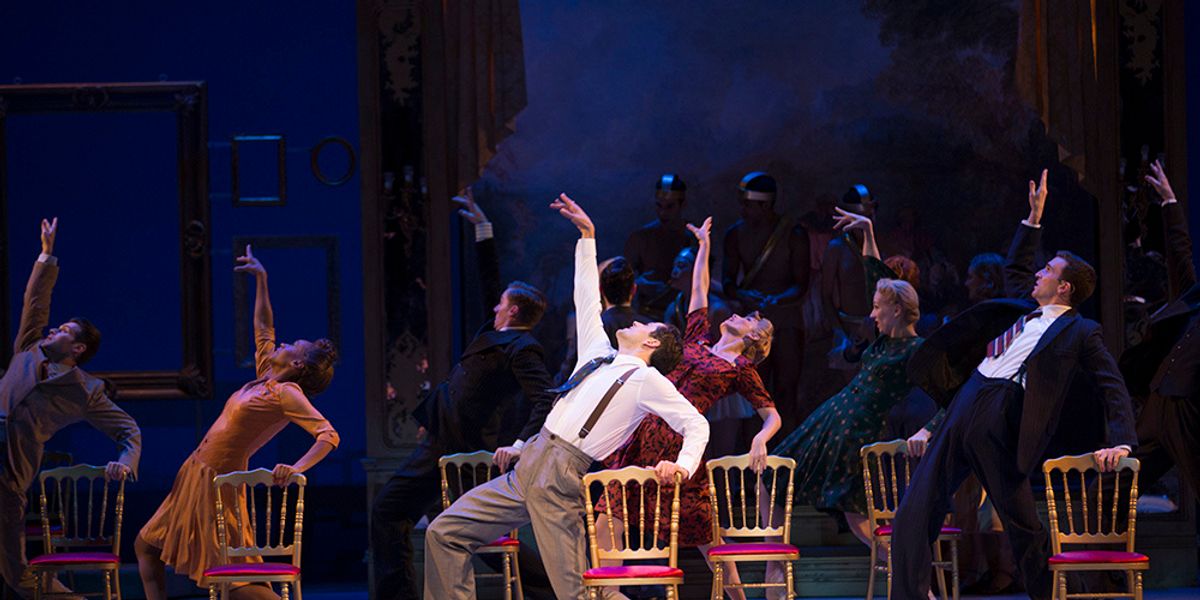The 5 Secrets to Singing & Dancing Simultaneously, According to Broadway's Go-To Vocal Coach
At the end of Act I in Broadway’s Mean Girls, the entire ensemble performs high-energy choreography while belting what Kamille Upshaw says is “a million notes at once.” Though Upshaw is a Juilliard-trained dancer who made her Broadway debut in Hamilton, nothing, she says, could prepare her for this moment. “Singing while dancing is just hard,” Upshaw says. “It takes patience, focus and compromise.”
For Upshaw, voice lessons have been a game changer, and building stamina was key. “The way you support your breath while singing is the complete opposite way in which dancers use their breath,” she says. So when it comes time to combine your singing skills and dancing chops, how do you make it happen without missing a note or a step? Start with this advice from Broadway’s go-to vocal coach, Liz Caplan.
1. It’s All About That Breath
The greatest challenge for dancers is learning to manage their breath, says Caplan. The problem, she says, is that dancers are trained to lift and suck in their bodies—sometimes even holding their breath—while singers need to do the opposite. “Dancers generally use a high sternum breath, while singing uses a diaphragmatic breath that allows for the lungs to fully expand,” Caplan says. “Dancers don’t want to breathe like that because it results in sticking your stomach out, but in singing, you have to feel the expansiveness of the lungs and opening of the rib cage.” A trained vocal coach (and a lot of practice) can help you find that balance.
2. Get Rid of Tension
Caplan guides students through a careful warm-up, starting with a breathing series and what she calls stand-up yoga, which allows singers to get warm before an audition or performance without having to get on the floor. Then, she identifies where her students store tension in their bodies, whether it’s the neck, shoulders or rhomboids. “If you’re holding tension, oxygen has basically stopped,” Caplan says. “Your singing voice is going to be very stuck or, at absolute best, thinner than you want it to sound.” By doing a full-body warm-up, you’ll get optimal airflow through the body.
3. Don’t Just Stand Still

Miami City Ballet dancer Christina Spigner works out on a trampoline. Photo via MCB
Caplan suggests dancers practice moving while singing. “Get on a treadmill or trampoline and listen to material you know and love, then start singing, first at a lower speed,” she says. “How long can you go before you’re winded in the middle of a syllable?” Work on improving your speed and endurance over time.
4. You Sing What You Eat

Photo by Caroline Attwood on Unsplash
Following a nutrient-dense diet is important as a dancer, but it becomes even more vital when you add multifaceted performing to the mix. “If you’re not eating a balanced diet, your singing voice is going to be weak,” Caplan says. “You need enough protein so your blood sugar levels are steady, because if they start to droop, your voice will follow suit. If you’re empty, it’s going to be detrimental to your sense of balance and power.”
5. Take the Sick Day

Photo by Kelly Sikkema on Unsplash
Powering through when you have a cold can lead to long-term damage, and undo the months or years of vocal training you’ve done. “People don’t want to call out sick, so they figure out how to navigate not being able to breathe, or the fact that they’re coughing,” Caplan says. “But the body adjusts to that. It becomes the new normal, and we have to do a lot of reparation therapy to get your breathing back to its full capacity.” See a doctor if you aren’t sure whether it’s safe to sing.




